Ruhul A. Sarker
Spontaneous organization leads to robustness in evolutionary algorithms
Feb 06, 2011Abstract:The interaction networks of biological systems are known to take on several non-random structural properties, some of which are believed to positively influence system robustness. Researchers are only starting to understand how these structural properties emerge, however suggested roles for component fitness and community development (modularity) have attracted interest from the scientific community. In this study, we apply some of these concepts to an evolutionary algorithm and spontaneously organize its population using information that the population receives as it moves over a fitness landscape. More precisely, we employ fitness and clustering based driving forces for guiding network structural dynamics, which in turn are controlled by the population dynamics of an evolutionary algorithm. To evaluate the effect this has on evolution, experiments are conducted on six engineering design problems and six artificial test functions and compared against cellular genetic algorithms and 16 other evolutionary algorithm designs. Our results indicate that a self-organizing topology evolutionary algorithm exhibits surprisingly robust search behavior with promising performance observed over short and long time scales. After a careful analysis of these results, we conclude that the coevolution between a population and its topology represents a powerful new paradigm for designing robust search heuristics.
Network Topology and Time Criticality Effects in the Modularised Fleet Mix Problem
Jul 03, 2009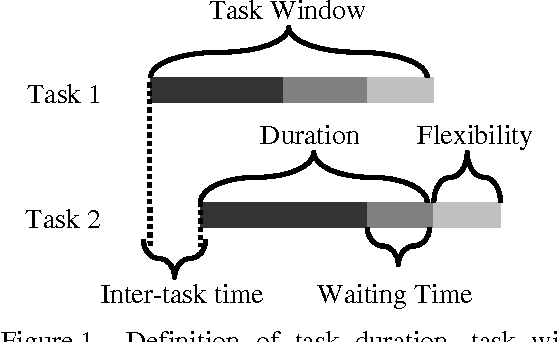
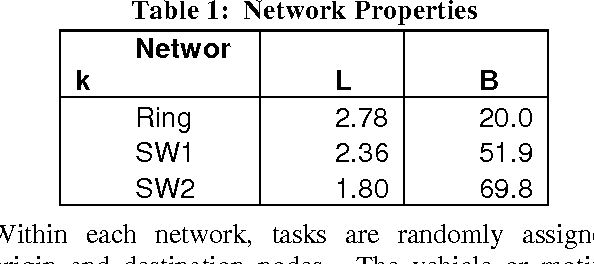

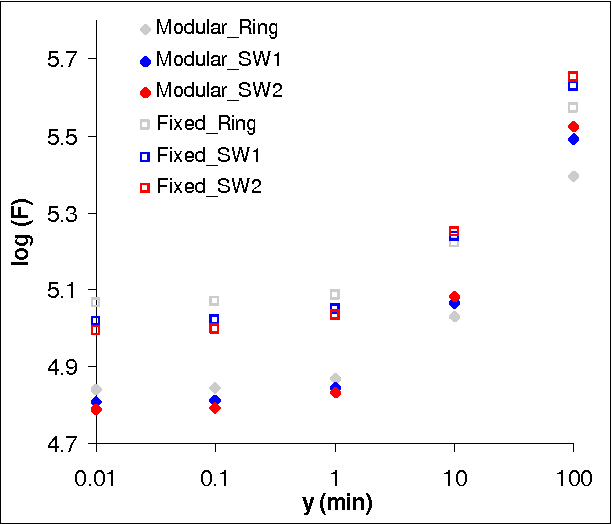
Abstract:In this paper, we explore the interplay between network topology and time criticality in a military logistics system. A general goal of this work (and previous work) is to evaluate land transportation requirements or, more specifically, how to design appropriate fleets of military general service vehicles that are tasked with the supply and re-supply of military units dispersed in an area of operation. The particular focus of this paper is to gain a better understanding of how the logistics environment changes when current Army vehicles with fixed transport characteristics are replaced by a new generation of modularised vehicles that can be configured task-specifically. The experimental work is conducted within a well developed strategic planning simulation environment which includes a scenario generation engine for automatically sampling supply and re-supply missions and a multi-objective meta-heuristic search algorithm (i.e. Evolutionary Algorithm) for solving the particular scheduling and routing problems. The results presented in this paper allow for a better understanding of how (and under what conditions) a modularised vehicle fleet can provide advantages over the currently implemented system.
Use of statistical outlier detection method in adaptive evolutionary algorithms
Jul 03, 2009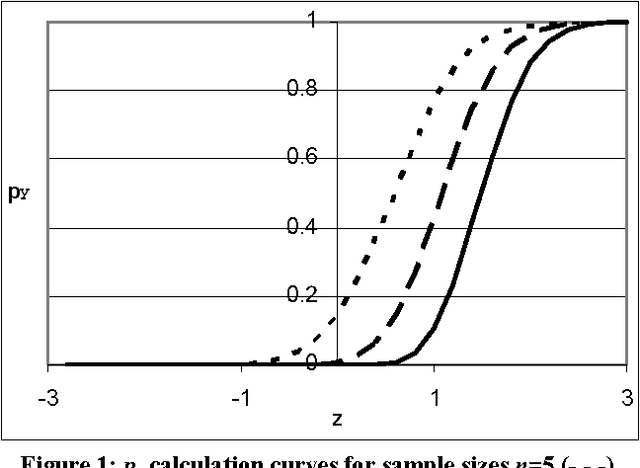
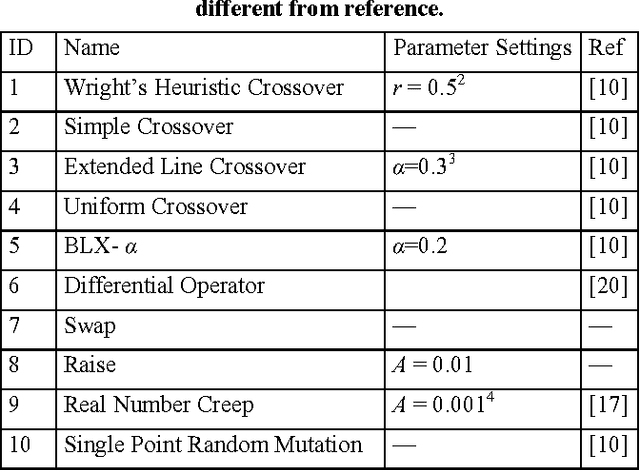
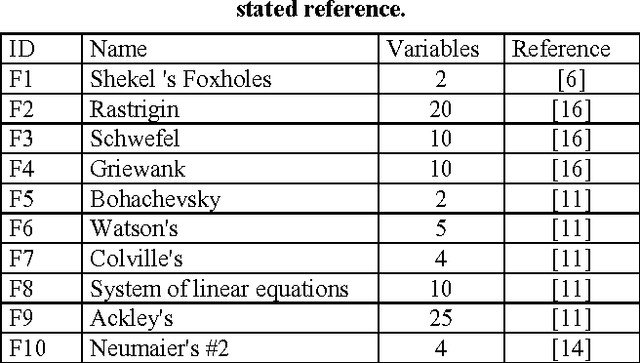
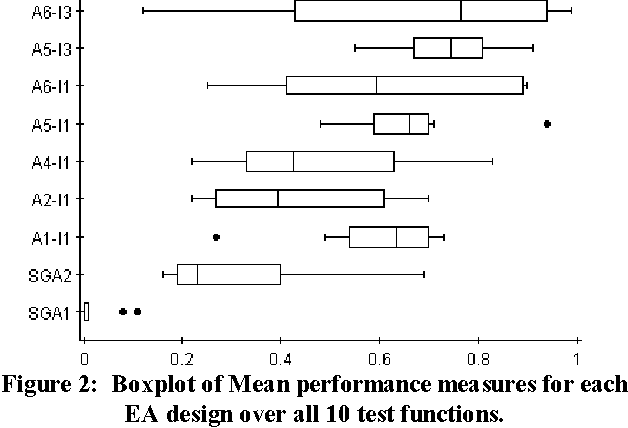
Abstract:In this paper, the issue of adapting probabilities for Evolutionary Algorithm (EA) search operators is revisited. A framework is devised for distinguishing between measurements of performance and the interpretation of those measurements for purposes of adaptation. Several examples of measurements and statistical interpretations are provided. Probability value adaptation is tested using an EA with 10 search operators against 10 test problems with results indicating that both the type of measurement and its statistical interpretation play significant roles in EA performance. We also find that selecting operators based on the prevalence of outliers rather than on average performance is able to provide considerable improvements to adaptive methods and soundly outperforms the non-adaptive case.
Credit Assignment in Adaptive Evolutionary Algorithms
Jul 03, 2009



Abstract:In this paper, a new method for assigning credit to search operators is presented. Starting with the principle of optimizing search bias, search operators are selected based on an ability to create solutions that are historically linked to future generations. Using a novel framework for defining performance measurements, distributing credit for performance, and the statistical interpretation of this credit, a new adaptive method is developed and shown to outperform a variety of adaptive and non-adaptive competitors.
The Self-Organization of Interaction Networks for Nature-Inspired Optimization
Jul 02, 2009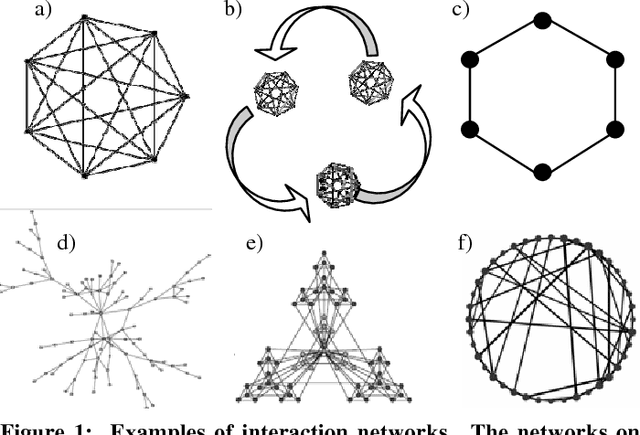
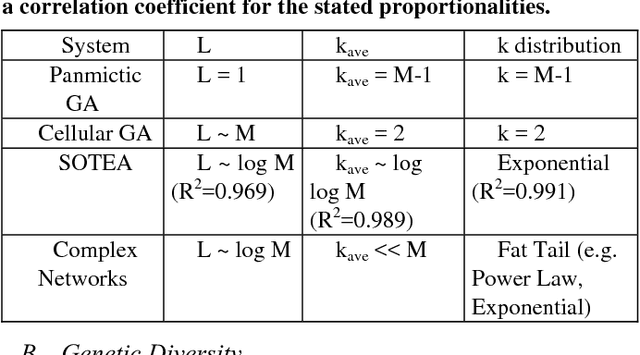
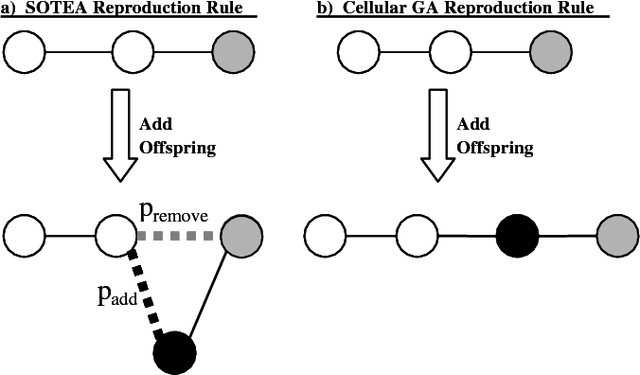
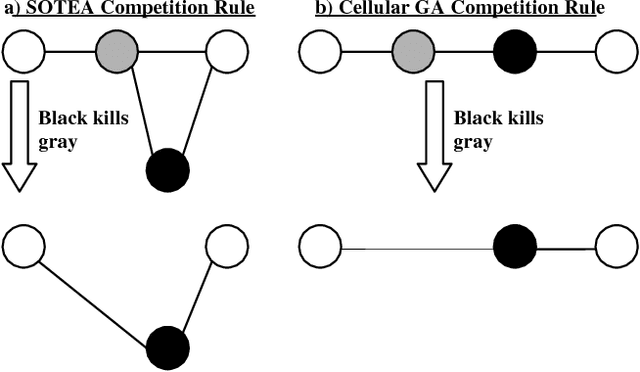
Abstract:Over the last decade, significant progress has been made in understanding complex biological systems, however there have been few attempts at incorporating this knowledge into nature inspired optimization algorithms. In this paper, we present a first attempt at incorporating some of the basic structural properties of complex biological systems which are believed to be necessary preconditions for system qualities such as robustness. In particular, we focus on two important conditions missing in Evolutionary Algorithm populations; a self-organized definition of locality and interaction epistasis. We demonstrate that these two features, when combined, provide algorithm behaviors not observed in the canonical Evolutionary Algorithm or in Evolutionary Algorithms with structured populations such as the Cellular Genetic Algorithm. The most noticeable change in algorithm behavior is an unprecedented capacity for sustainable coexistence of genetically distinct individuals within a single population. This capacity for sustained genetic diversity is not imposed on the population but instead emerges as a natural consequence of the dynamics of the system.
 Add to Chrome
Add to Chrome Add to Firefox
Add to Firefox Add to Edge
Add to Edge